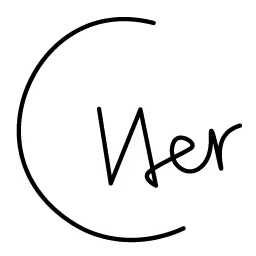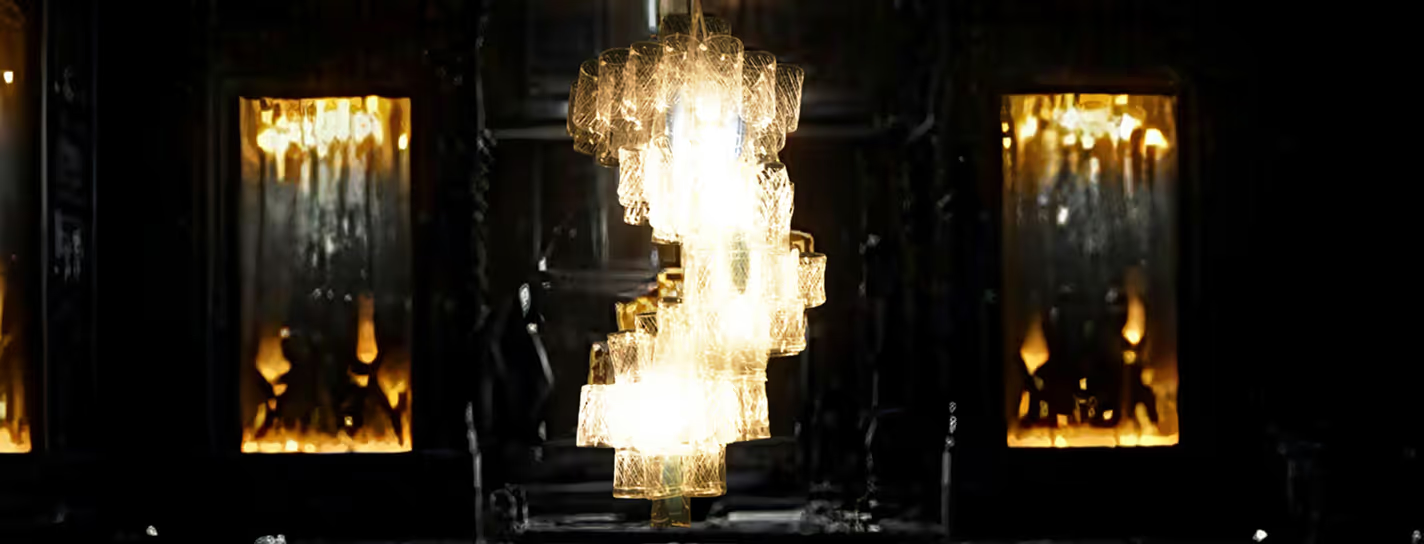
A Gift from the Sea: From Fragments of Waste to a Lasting Light
Team Work : 4 Members
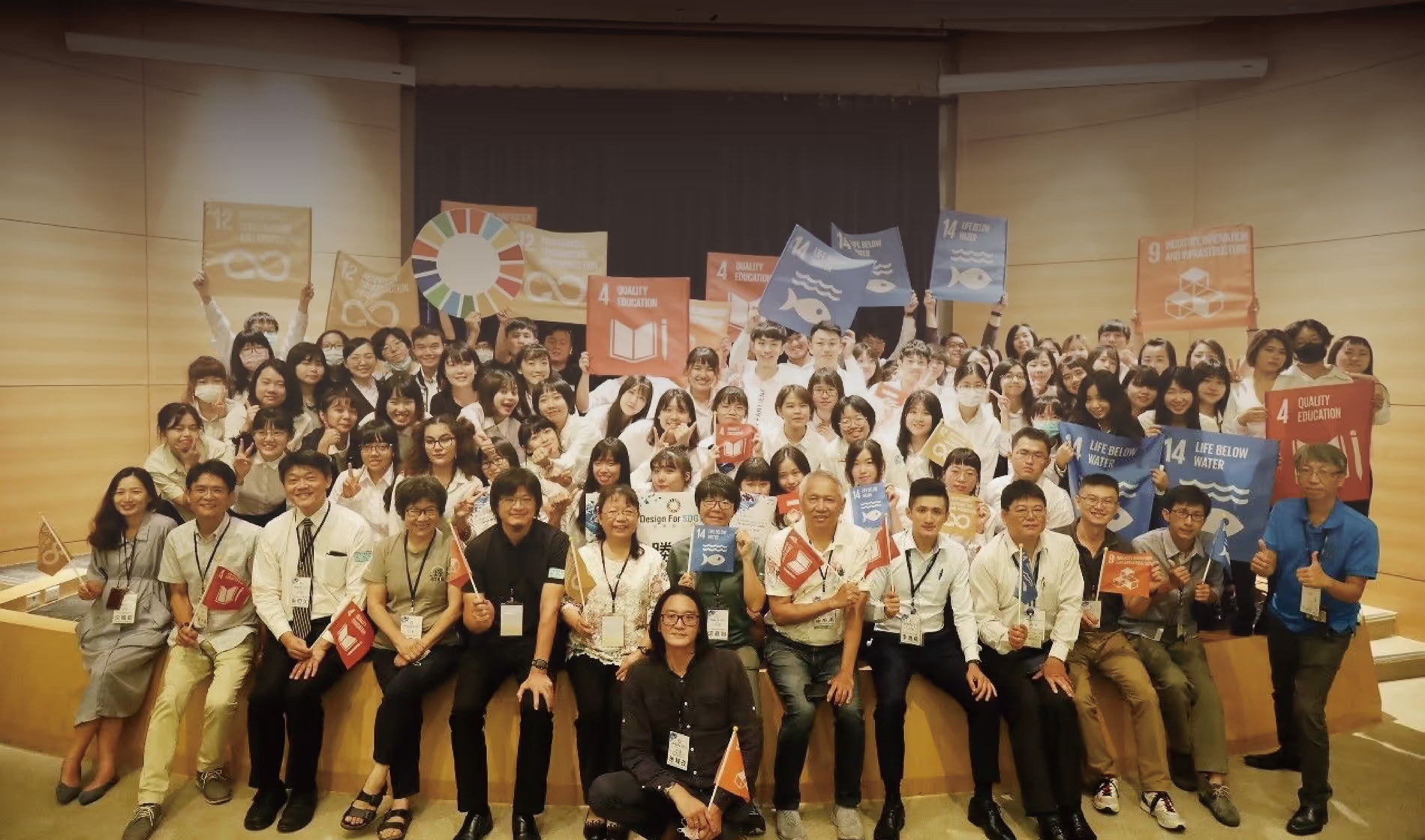
In the second semester of my freshman year, we were faced with a real-world challenge. Our Product Design course collaborated with Lite-On Technology on the "SEA HOPE - Design for SDG14" project. Our mission was direct: to clean up marine waste and transform it into lamps that carried a message of hope.
This was no longer about free-flowing imagination, but an act of taking responsibility for our ocean and environment.
Chapter 1
Gleaners of the Shoreline
Our team of four traveled to the Jump-stone Coast in Jinshan, New Taipei City. Instead of the expected blue seascape, we were met with a beach littered with plastic bottles, broken fishing floats, worn-out flip-flops, and countless unidentifiable plastic fragments. In that moment, we fell silent as we collected. Our garbage bags grew heavier, and the impact on our minds became clearer. This was no longer an abstract "environmental issue"; it was a visceral distress signal, handed to us directly by the ocean.
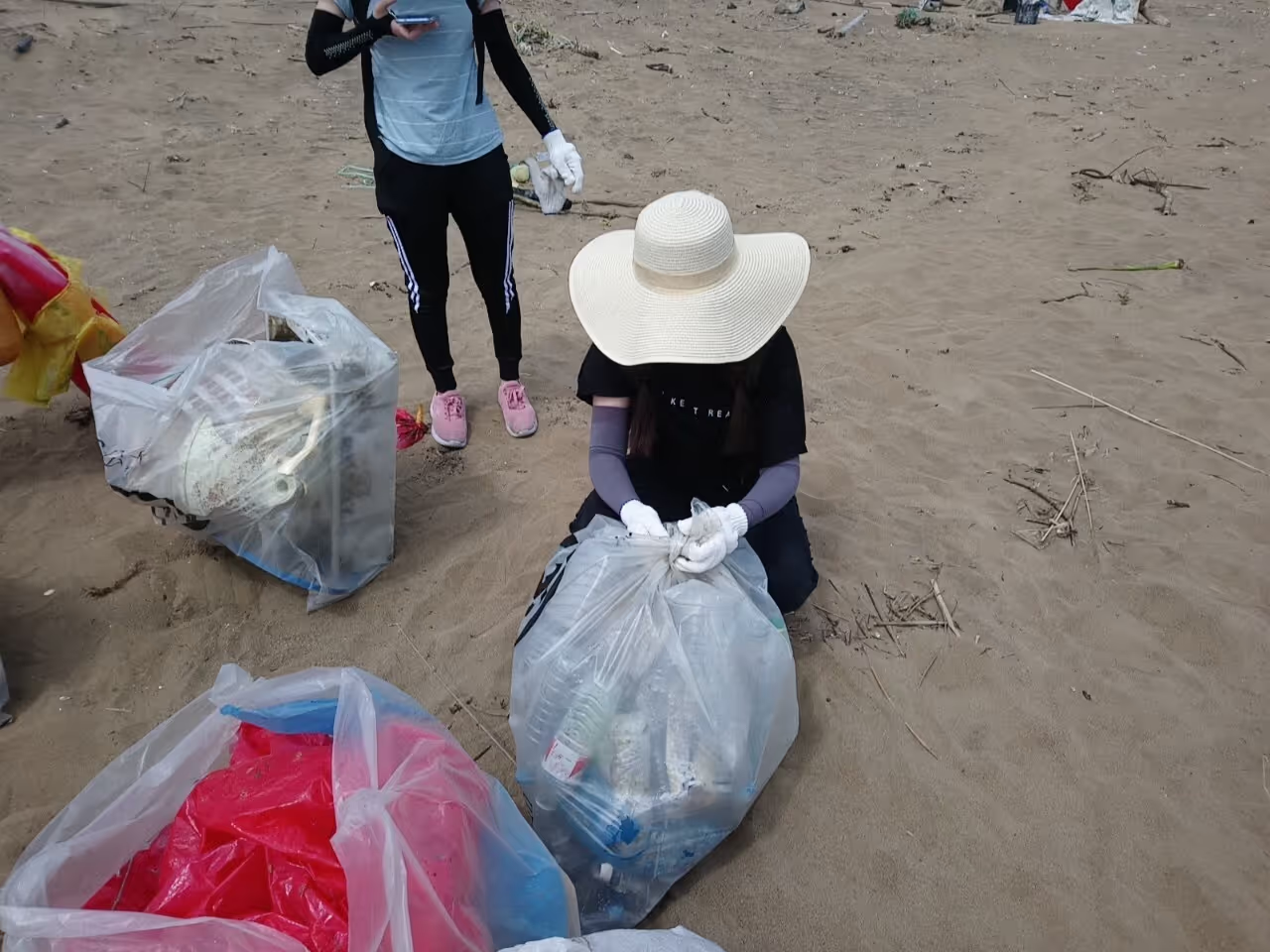
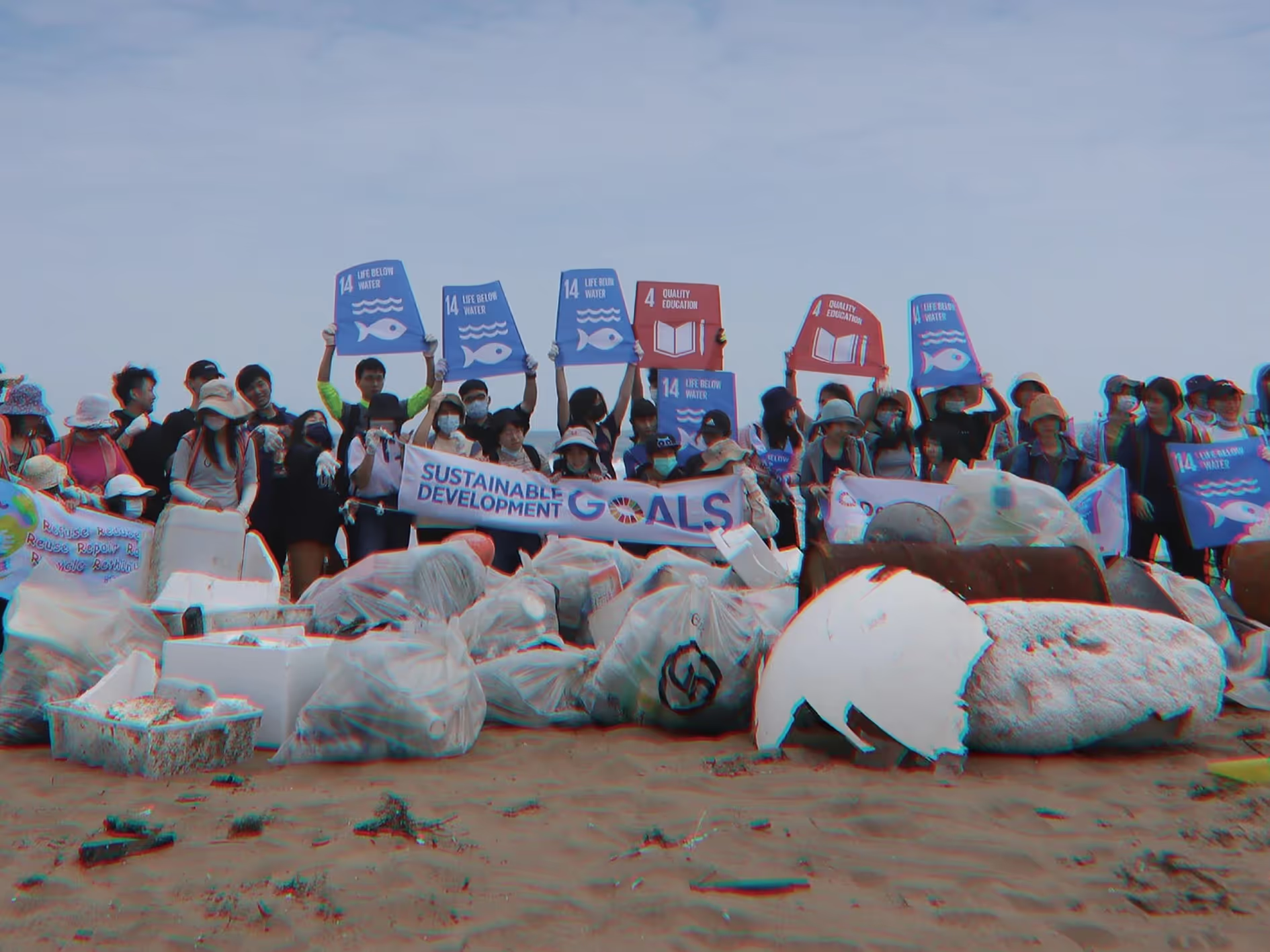
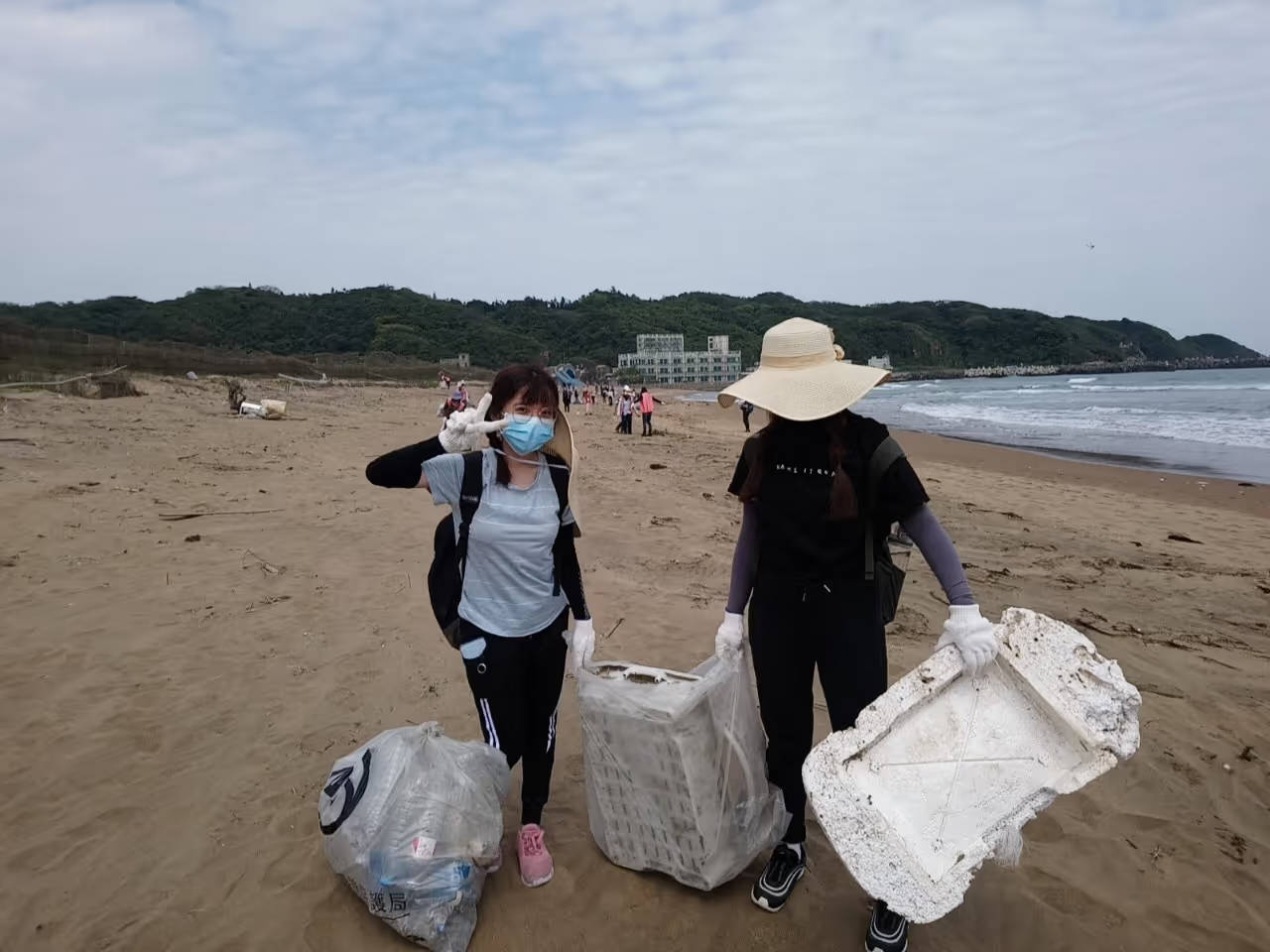
Chapter 2
A Second Life for the Fragments
Back in the studio, faced with a mountain of marine debris, we embarked on a long process of sketching and conceptualizing. How could we rebirth these objects, deemed as "trash," into beautiful "sources of light"? We sketched draft after draft, debating, discarding, and integrating ideas. We wanted our design to not only illuminate a space but also to illuminate people's environmental awareness.


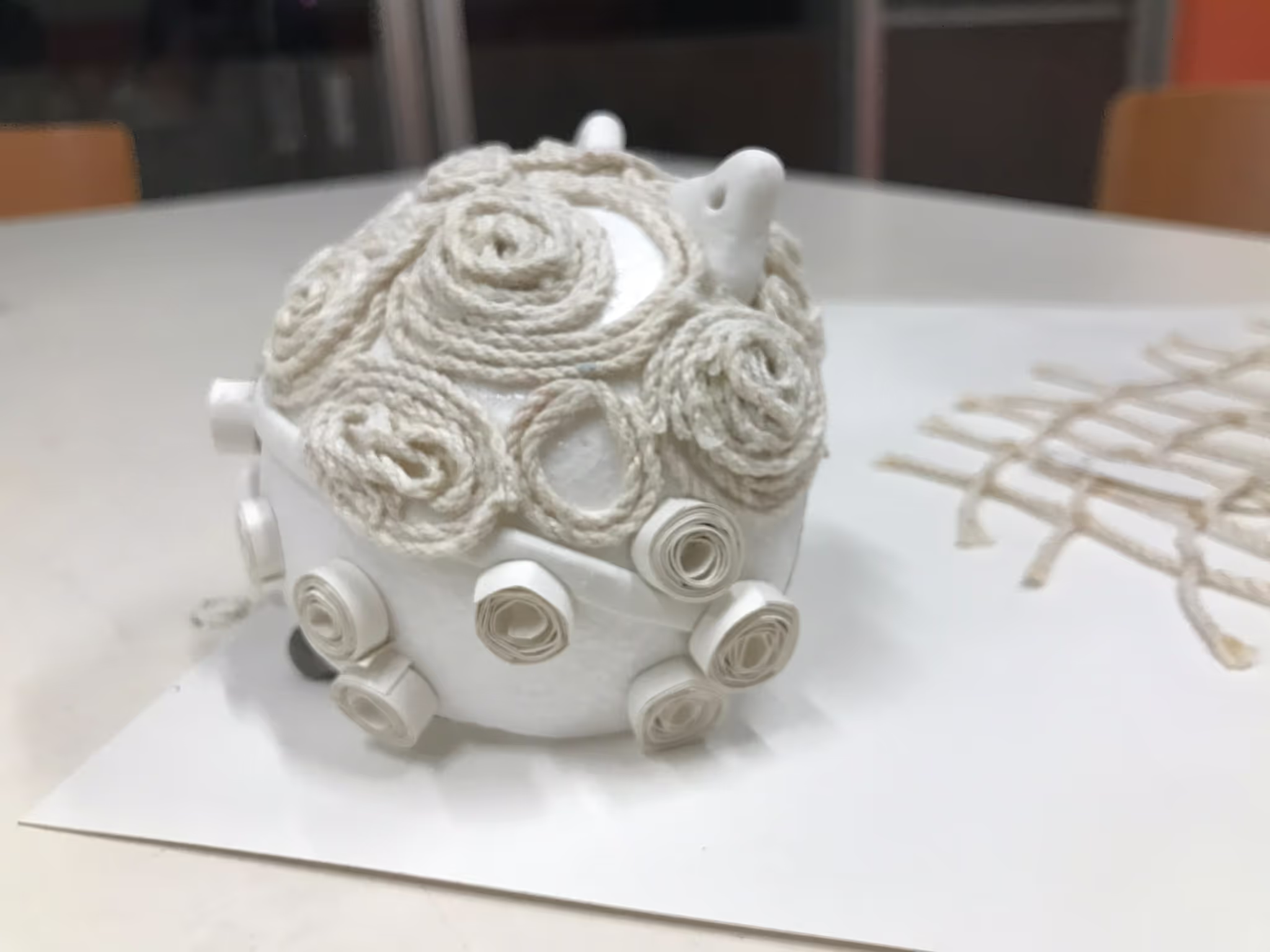

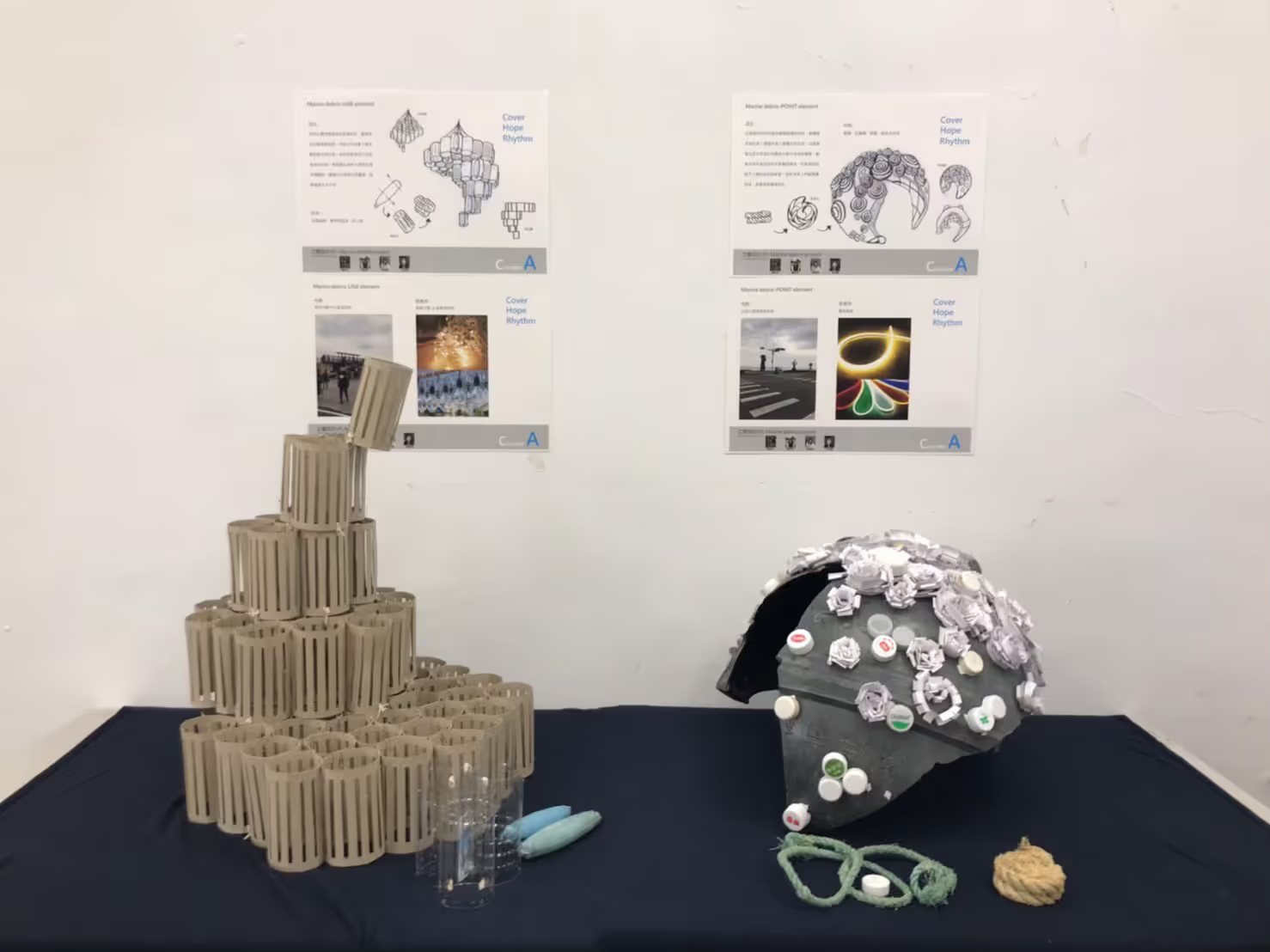
Once the direction was set, it was followed by countless nights of burning the midnight oil in the workshop. We sanded the rough edges of plastics, drilled into floats to create lampshades, and arranged tiny plastic fragments into light-filtering patterns. Our hands were covered in glue and dust, but the moment we saw the first test light switch on—its warm glow pouring through the lampshade made of former pollutants—all the exhaustion was replaced by an overwhelming sense of achievement. That was not just light; it was the dignity we had redeemed for these fragments.
Chapter 3
From Physical to Digital, Ripples of Light
Our lamp, named "O Chandelier, O Grow" began to travel beyond our studio. It was exhibited in at least four different showcases. Watching people approach with curiosity, then express amazement and admiration upon learning the materials' origin, we knew our message had landed. This project was ultimately honored with the Outstanding Award at the Ocean Waste Lighting Design Competition, Taipei Tech Flora Expo.
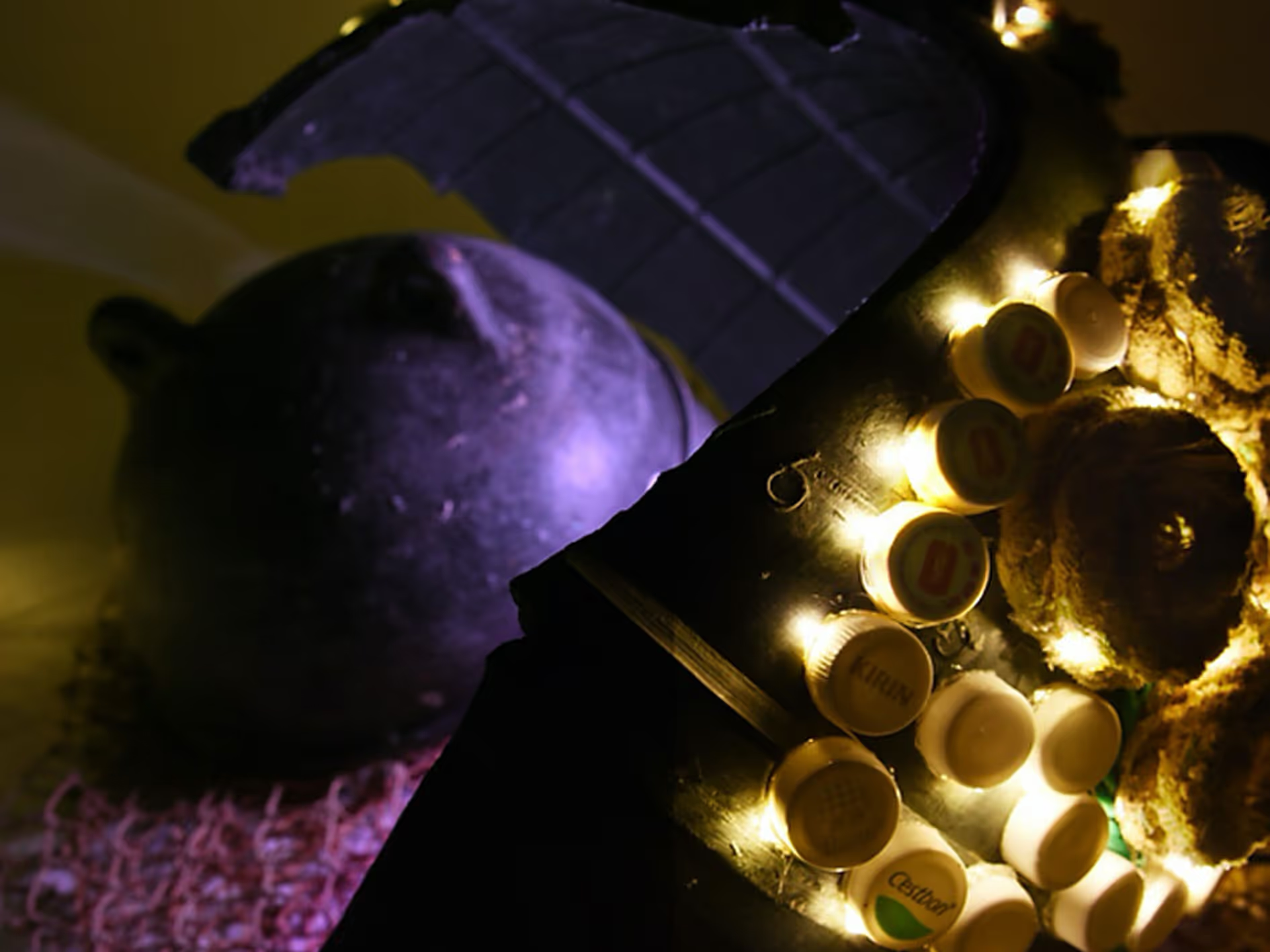
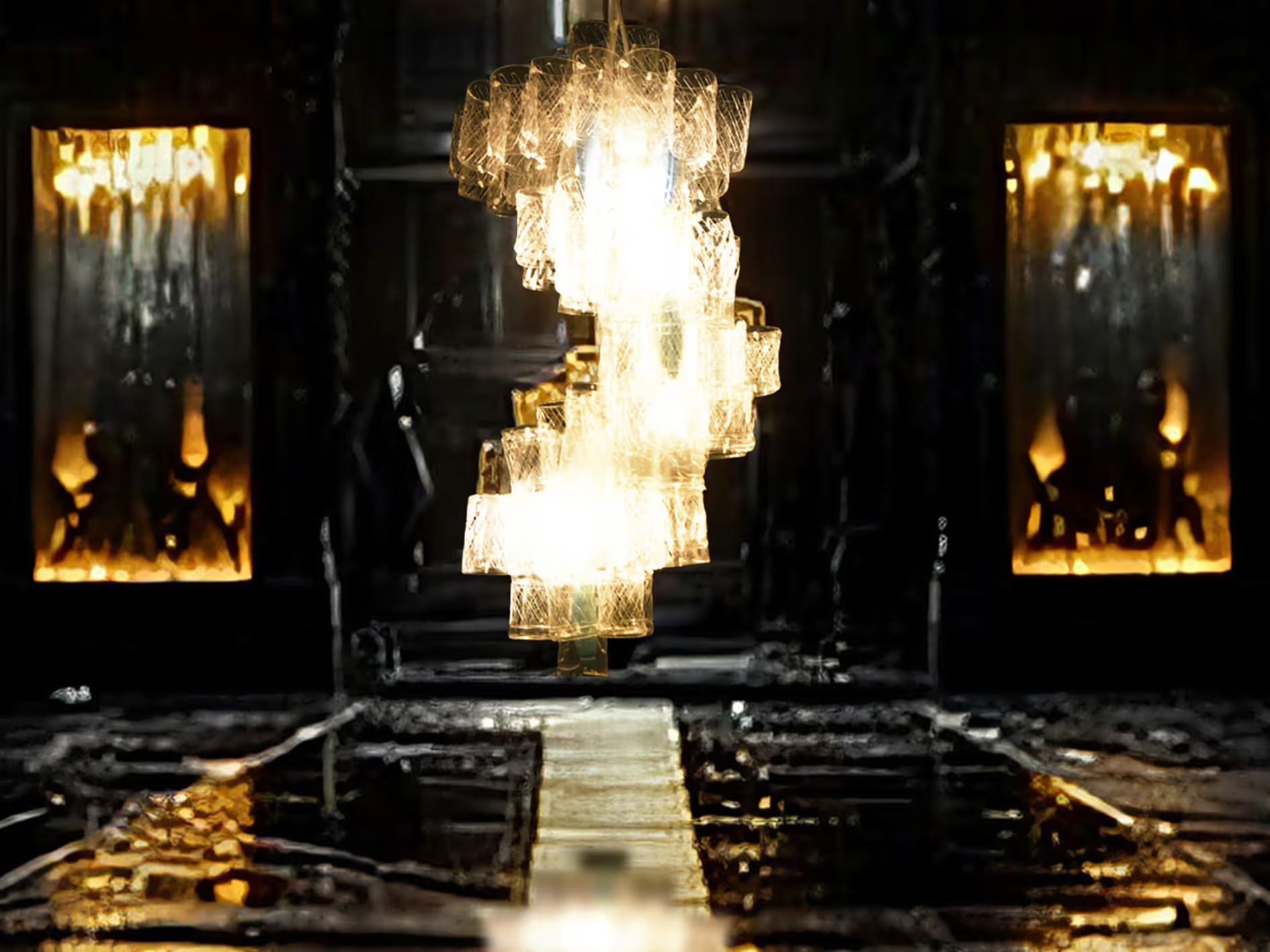
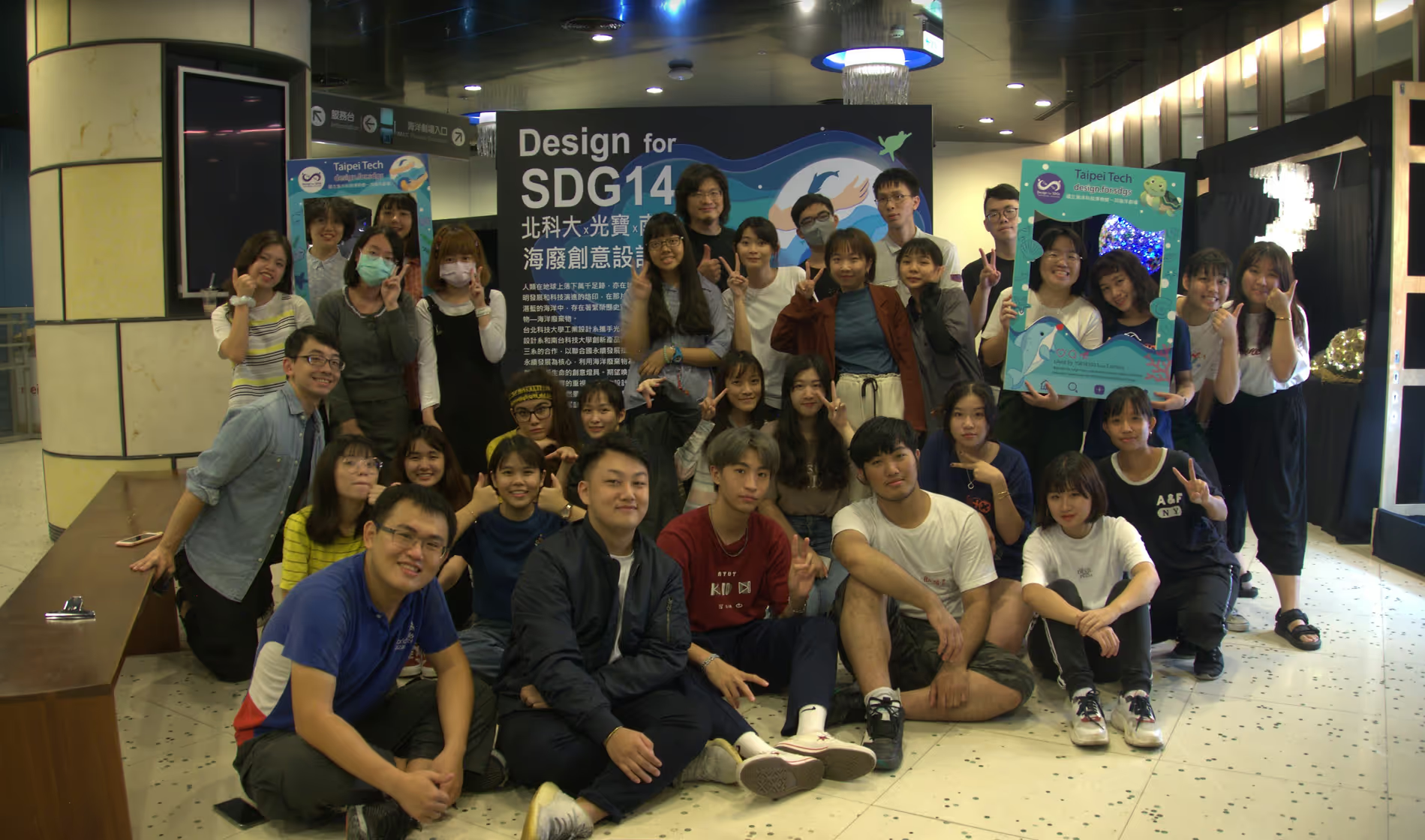
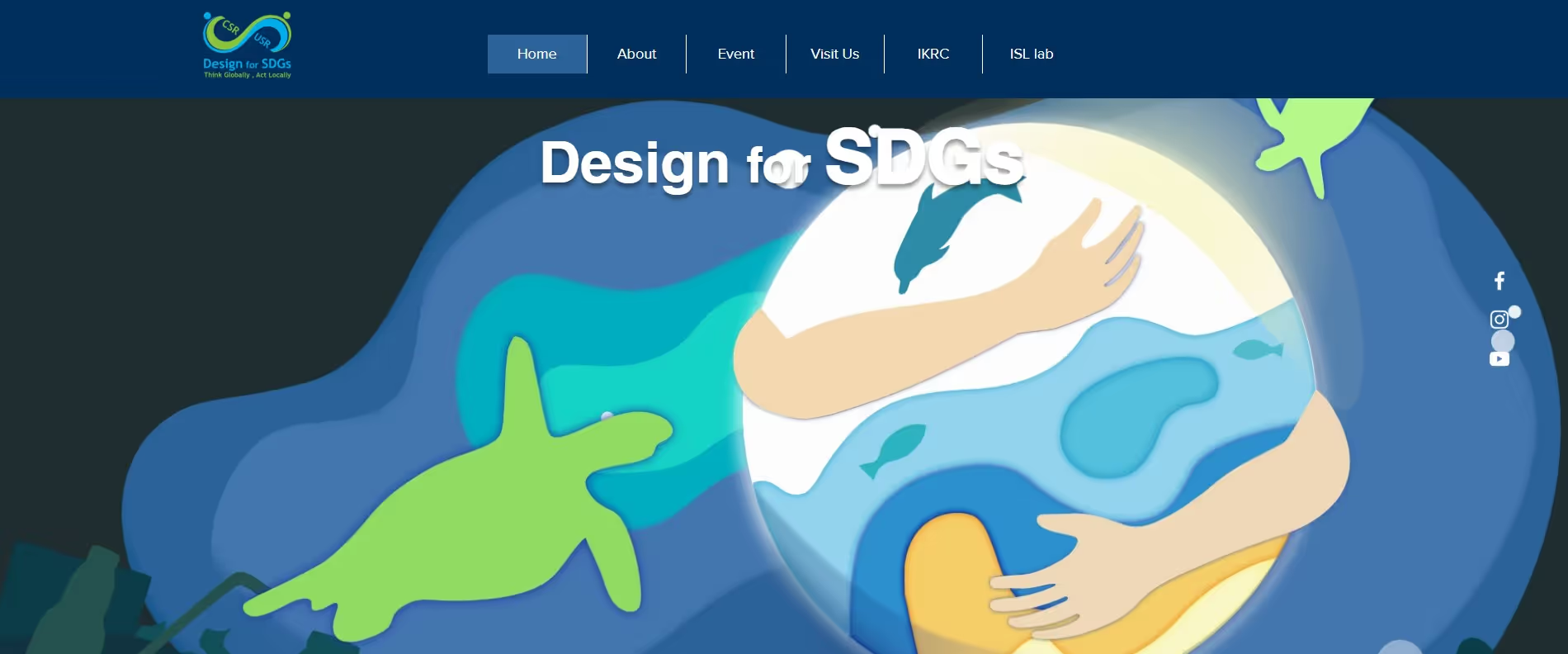
Yet, the story didn't end there. Due to the project's success and potential, our professor recruited an additional team after the course to establish a dedicated website to track and promote this ocean initiative. I joined; this became the "SDGs Team.”
In this new role, I encountered web design for the very first time. Using Wix as our platform, I started from scratch, learning how to structure pages, arrange content, and strategize how to extend the philosophy and impact of our physical work into the digital landscape through an online interface.
Thus, my journey came full circle in a remarkable way: I was not only theproduct designerwho collected trash on the beach and built the lamp late into the night, but I also became theweb builderwho constructed a platform for the very same cause in the virtual world.
This project taught me far more than just designing a product. It was about action—from the shoreline to the workshop, from the physical to the digital. It gave me a profound understanding that a designer's responsibility can and should extend through every link of the problem-solving chain, whether in the tangible world or the digital one.
